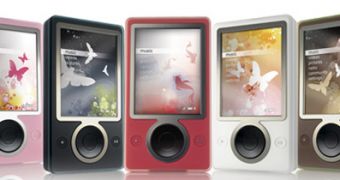The Microsoft Hardware Group was spawned all the way back in 1982, and this year, the division turned 25. Focusing on building not only the software but also computer peripherals, the Redmond company attempted to deliver its vision of a comprehensive digital lifestyle by bridging the gap between software products and hardware accessories. Unlike Apple, Microsoft never produced a proprietary platform to completely control the software and hardware ecosystem, and the move from the Cupertino-based company to adopt Intel processors proves that Microsoft made the right choice.
"The Hardware Group transformed Microsoft beyond just a software company," said Robbie Bach, president of the Entertainment & Devices Division at Microsoft. "From Xbox to Zune and now Microsoft Surface, the Hardware Group continues to lend its expertise across all Microsoft categories, helping to redefine the consumer expectation of Microsoft products."
"At Microsoft, we are fortunate to have the ability to integrate across all groups in ways that ultimately make life easier for our consumers," said Tom Gibbons, corporate vice president of the Specialized Devices and Applications Group at Microsoft. "Whether it's launching Windows Vista gadgets with the press of a button or making it so simple to have a Windows Live video call with a LifeCam, Microsoft Hardware products truly make accessing software and services a better experience."
The first peripheral Microsoft delivered was centered around the early stages of Word. Now Windows Vista has moved into the limelight, and the latest examples of computer peripherals are designed to integrate seamlessly with the operating system. However, Microsoft also tapped standalone hardware projects. In this regard, the company underscored the release of the Xbox gaming console, the Zune digital media player and Microsoft Surface.
Although is has Windows Vista at its core, Microsoft Surface is an example of revolutionary technology, being synonymous with the company's first step into the market of commercial surface computing.

 14 DAY TRIAL //
14 DAY TRIAL //